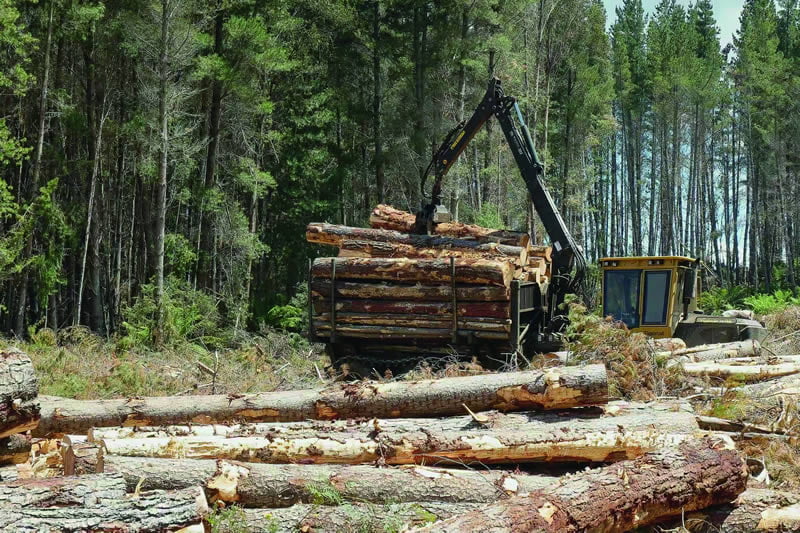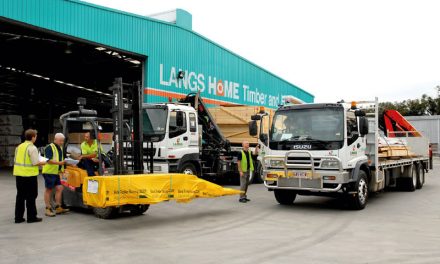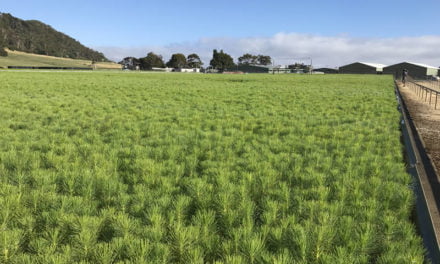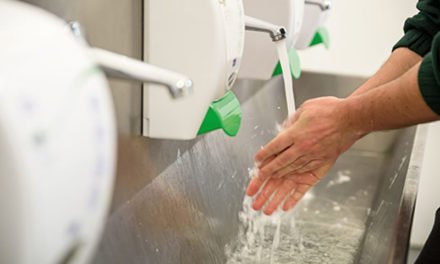Prophecy is a risky game after the past few years, but there are a few key indicators worth focusing on.
Looking back on the last few years, there have been many times when people have said “Who could have foreseen…?” Yet while the combination and timing of events might not have been widely predicted, epidemiologists had been warning of coming global plagues for decades. Climate scientists, fireys and even farmers all said last summer’s fire season was going to be hell well in advance and there’s been acres written about this decade’s rise of populist politics long before Brexit and Trump.
Turns out, there are always warnings of what’s coming, both good and bad, and it’s up to us to spot them and make use of them. Here are some of the issues that will probably be front of mind this coming year.
Supply issues
There’s a list as long as your arm for why we’re having supply issues at the moment. It’s the fires, it’s the drought, it’s the lack of forward planning for plantations, it’s Covid, it’s problems in China, in Singapore, at Australian wharfs… All these have some element of truth (a large element in some cases) but none tell the whole story.
As part of the Parliament of Australia’s House Standing Committee on Agriculture and Water Resources inquiry into timber supply chain constraints in the Australian plantation sector, a series of public hearings have been held in Canberra and Tumut and over conference call. These heard evidence from a range of senior members of the timber industry, who were able to provide perspectives both broad and through time.
Obviously, the 2019-20 bushfire season has had a strong impact. AKD CEO Shane Vicary told the Tumut hearing that without support, “There will be 70 to 80 jobs lost sometime between now and probably June or July next year, when the harvest level reduces. That’s an outcome from the bushfires.”
Peter Crowe, chairman of the Softwoods Working Group, told the first Canberra hearing that the fires have had up to a 40% impact on the potential supply to the processors he represents in the NSW SW Slopes.
The 2019 government election promise of one billion trees was discussed: no trees could as yet be identified as being planted under that program, though there were plans for new forestry hubs in WA, Victoria and the Green Triangle. Additionally, evidence was given that regional forestry hubs trying to acquire land – an increasingly expensive resource – at auction were being outbid by agricultural interests, who were confident of a better return on investment.
Evidence was also given that the plantation sector is dominated by Timberland Investment Management Organisations (TIMOs) and that while there are multiple plantation incentives, including access to the Emission Reduction Fund, “There’s no rule or framework that requires logs to be milled in Australia,” according to Rosemary Deininger, acting deputy secretary for the Department of Agriculture, Water and the Environment.
The impact of exports was a repeated theme throughout the submissions, with opaque pricing and a belief that local contracts have become subordinate to export contracts. As Vicary said: “Sawmills have had to get larger to scale up to reduce their processing costs and be able to compete with export pricing.”
Over the past few years, this has led to significant supply issues in some areas, though there was a suggestion these may have already been weakening before Covid and recent Chinese trade difficulties.
While most witnesses were chary of asking for government intervention, there was a general call for a code of practice to improve transparency. In good news, multiple witnesses testified to the resourcefulness of the Australian timber sector, with excellent utilisation of fibre resources by local companies.
International partners
In November, China banned imports of timber from first Queensland, then Victoria, citing pest issues. In early December, South Australia and Tasmania were added to the list. It’s part of a broader program of tariffs, bans, port refusals and more in what Chinese authorities deny is coordinated action against Australian products in the wake of Australian support for dismissed Hong Kong lawmakers, rejection of Huawei for government contracts and a clumsy call into the origins of the Covid-19 outbreak.
Rebuilding the relationship with China or securing new major markets is going to take delicacy and time. Foreign Minister Marise Payne has logged some solid successes in difficult negotiations in the past year. Alas, at the time of writing, she’s not been at the forefront of negotiations with China. Just before Christmas, Dan Tehan replaced Simon Birmingham as Federal Trade Minister.
Canada is in a not-dissimilar position to Australia with respect to timber going into China. John Halkett from the Australia Timber Importers Federation had been making the case for selling into Australia to Canadian exporters before Covid restricted international travel.
Canada’s long trade dispute with its biggest timber export market, the US, flared up in 2017 when the Trump administration slapped a 20.2% tariff on Canadian lumber, accusing Canada of dumping, a claim they denied and successfully fought in the WTO. In late November, the US Department of Commerce set a new rate of 8.9%, with the WTO settlement yet to be finalised.
Unfortunately for Australian importers, this may work against us as US demand is currently high. As in Australia, Covid has led to a home renovation boom, as people stuck at home decide they’d like it to be nicer. US housing starts were also recovering at the end of 2020, before the strong Covid resurgence that also closed out the year.
The Conversation reports that the US forestry sector lost an estimated $1.1bn in 2020, thanks to fires, hurricanes and Covid. The trade war with China has also hurt, with US-Chinese exports halving since 2018.
Biden’s election win is very likely to help improve the Covid situation, but he has long been wary of China, so there may not be a huge difference in that trade dispute, aside from it being conducted in more measured language and probably not over Twitter.
European sawn hardwood production may have declined by as much as 25% in 2020, thanks in large part to Covid lockdowns and exacerbated by a severe drought in Central Europe, according to a report to the UK Timber Trade Federation. As in the US, there is booming demand in the home and DIY sector, but significant supply issues, particularly in the UK.
With Australia’s post-Covid economic recovery ahead of most other countries, we may well be able to afford imports, it’s just a question of whether the supply will be there.
Environmental issues
The 2021 Climate Change Performance Index has ranked Australia at 54, a measly two-place improvement on last year’s abysmal 56th-place ranking. The CCPI assesses each countries’ performance in four categories: greenhouse gas emissions (40% of overall score), renewable energy (20%), energy use (20%) and climate policy (20%).
Australia ranked poorly across the board, coming second-last on Climate Policy with only the US worse. It’s a shame, because research shows most of the Australian public is marching to a very different beat. The Australian Institute polled nearly 2000 Australians in July 2020 and found 79% of people care about climate change and 71% think we should be a world leader in finding solutions to climate change.
That’s good news for timber. We’re the only construction material that can claim to be truly carbon friendly, with some builds locking up more carbon than they use.
FWPA’s The Ultimate Renewable campaign has laid a strong groundwork for getting this message through to the consumer, but there is more for the industry to do.
Forestry remains a tough subject in the wake of the fires. We’ve seen failures in getting our message out, particularly when it comes to wildlife care. But we’ve also seen some examples of top-notch community messaging. AKD Tumut and Hyne Tumbarumba used local media and national TV, including Landline to share their stories of rebuilding infrastructure and recovering fire-damaged timber to allow replanting.
Both helped the average viewer to understand some of the trials facing the industry, as well as how vital timber is to Australia’s future and our homes.











